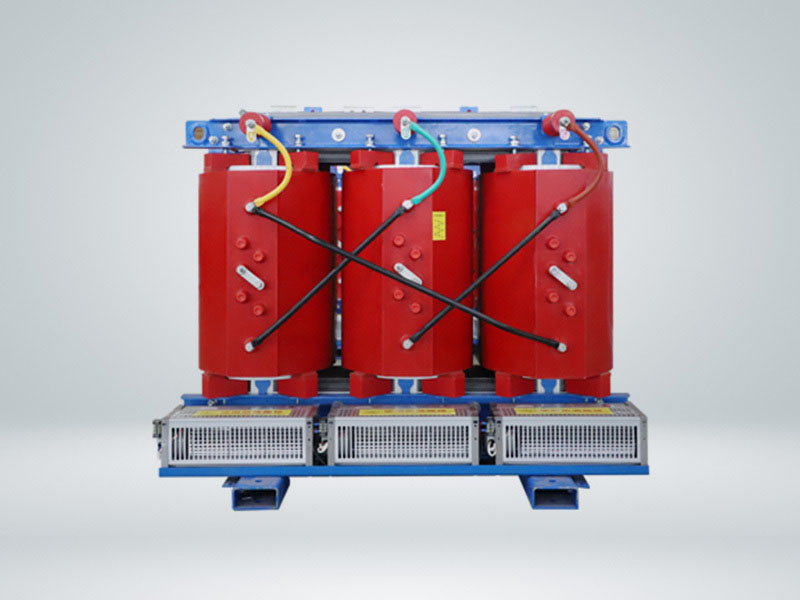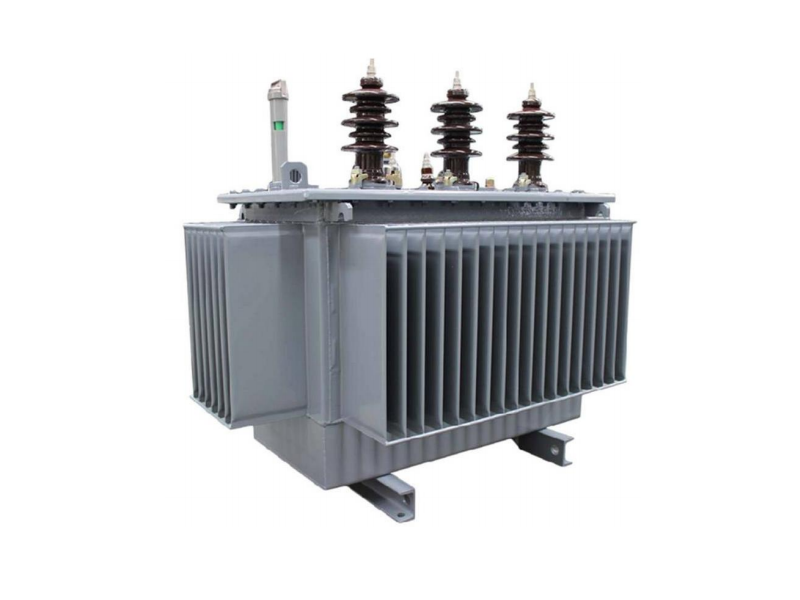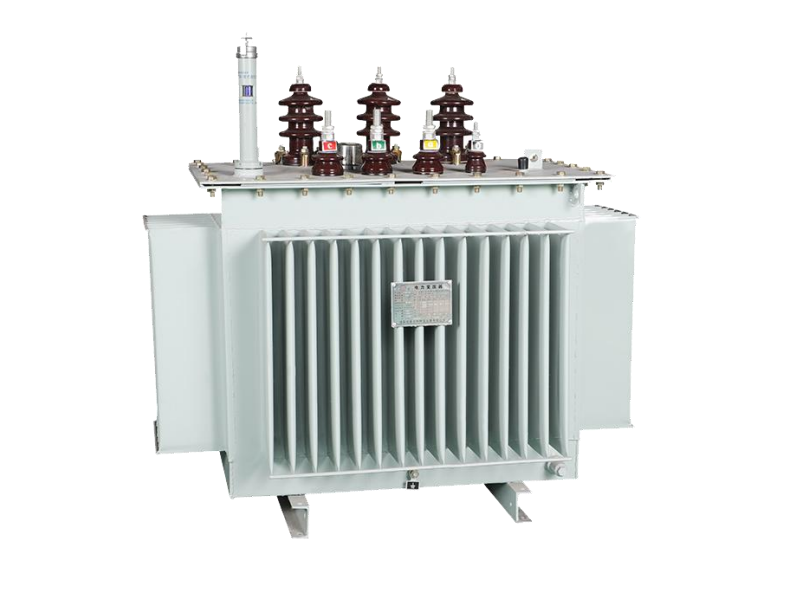Introduction
Pad-mounted transformers are critical components in modern electrical distribution systems, designed for underground power networks. Among the various configurations, radial feed and loop feed systems stand out as two primary designs. Understanding their differences is essential for utilities, engineers, and project planners to optimize grid reliability and cost-efficiency. This article explores the structural, operational, and application-based distinctions between radial and loop feed pad-mounted transformers.
1. Structural Design and Operation
Radial Feed Pad-Mounted Transformers
- Design: Radial systems operate in a unidirectional power flow, where electricity flows from a single source (e.g., a substation) to the load. This "tree-like" structure terminates at endpoints without redundancy.
- Components: Typically includes one high-voltage (HV) source and one low-voltage (LV) output. There are three high voltage bushings (H1, H2, and H3) for each phase.
- Isolation: Faults in a radial system often require manual intervention, as there is no alternate path for power supply.
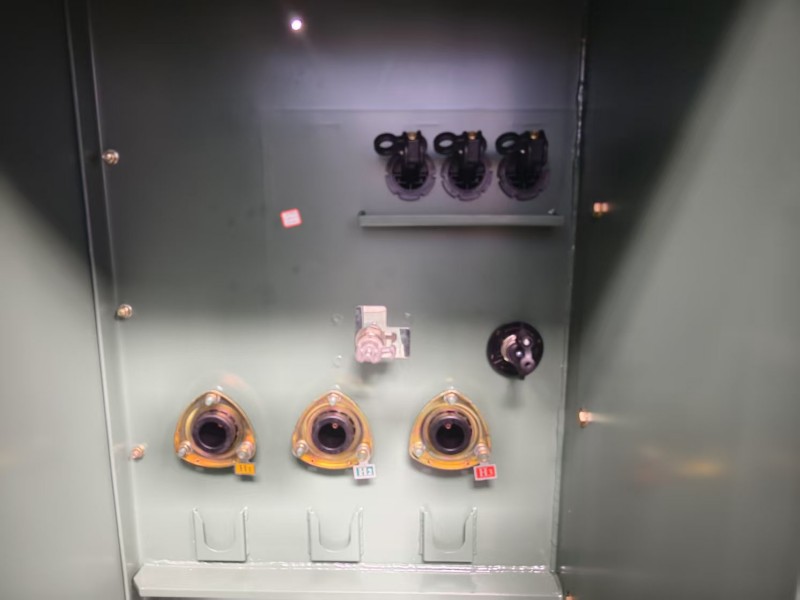
Loop Feed Pad-Mounted Transformers
- Design: Loop systems form a closed circuit, allowing bidirectional power flow. Multiple transformers are interconnected, enabling redundancy and automatic rerouting during outages.
- Components: Requires two HV sources and switches (e.g., load-break elbows) to enable seamless transitions between paths.
- Fault Management: Faults trigger automatic isolation of the affected section, minimizing downtime.
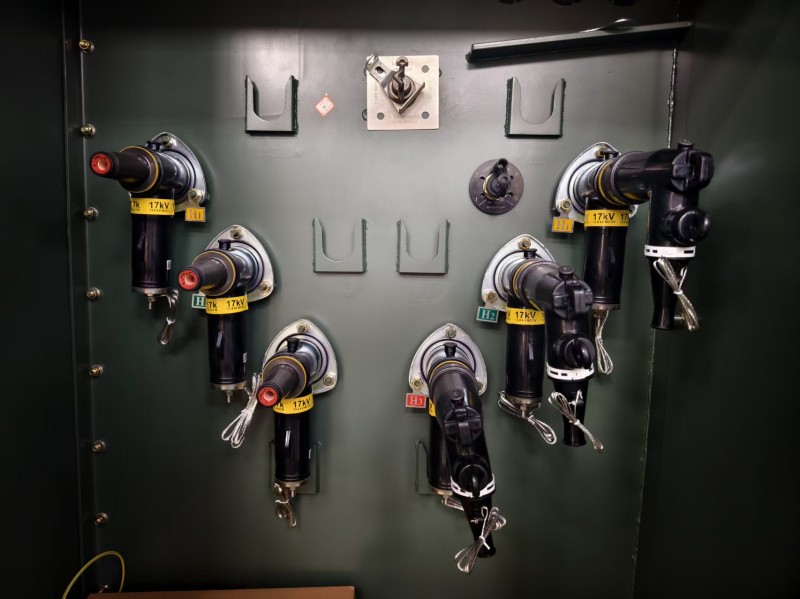
2. Reliability and Performance
Radial Systems
- Pros: Lower upfront costs due to simpler infrastructure. Ideal for low-density residential areas with predictable loads.
- Cons: Vulnerable to outages; a single fault can disrupt the entire downstream network.
Loop Systems
- Pros: High reliability with built-in redundancy. Preferred for critical infrastructure (e.g., hospitals, data centers) and urban grids.
- Cons: Higher installation and maintenance costs due to complex switching mechanisms.
3. Application Scenarios
- Radial Feed:
- Rural or suburban areas with dispersed loads.
- Temporary installations or projects with budget constraints.
- Loop Feed:
- Urban networks requiring uninterrupted power.
- Industrial parks or commercial zones with high fault tolerance demands.
4. Cost and Maintenance Considerations
- Initial Investment: Radial systems cost 20–30% less than loop configurations due to reduced hardware (e.g., fewer switches and cables).
- Long-Term Costs: Loop systems save on outage-related losses, making them cost-effective for high-reliability needs.
- Maintenance: Radial transformers require periodic manual checks, while loop systems demand advanced monitoring tools for switchgear health.
Conclusion
Choosing between radial and loop feed pad-mounted transformers hinges on balancing reliability needs, budget, and grid complexity. Radial systems excel in cost-sensitive, low-risk environments, while loop configurations ensure resilience for critical applications. Partnering with certified manufacturers like those listed above guarantees access to cutting-edge designs tailored to specific project requirements.

